Sitting high on the pile of fitness myths that won't die is the following: High reps burn more fat and you should train with light weights for fat loss.
Proponents of this belief usually fall into one of the following categories.
Usually:
- Your mother
- A friend, unaware of the physiological foundations or current evidence
- Your PT friend, who's been a PT for a week, running burpee boot camps for mums in the park next to bins and needles
Amiright?
I jest, of course.
But, a lot of people still hold onto this belief, and to be fair, I can understand why.
Where the Rumour Began
For years, bodybuilders have championed lighter weights during the final stages of cutting. And as we know, they are among some of the most peeled individuals walking the face of the planet. It makes perfect sense.
Never mind, at that point, they're also at their most depleted, weakest, and, dare I say – unhealthy. Not exactly the pillar examples of well-being that they seem. We don't often care about what's good for us in logic, though. A lot of people want to look hot.
So, we looked to them, because they were doing it. At least, we used to.
There's also an air of authority when somebody can achieve the difficult thing that we want to. And for years, they were the only people we could turn to for practical, results-driven advice. I'm speaking of a time way before science could thumbs-up what we do in the gym. The so-called ‘golden era.'
Scientists hadn't begun lifting yet. Or rather, lifters hadn't yet begun to science. (Two very different ball games if you ask me).
Anyhoo..

One nuance often overlooked is that these old-time lifters were intuitive. They had to be since there wasn't the training literature we have available today. They followed common sense found through years of trial and error training. Discovered through bitter effort and assessment of outcomes.
And, what they'd decided on was the following:
When approaching the final stages of competition prep, light weight was a smart thing to do.
Now, lighter didn't mean that the effort was low. Sets were still pushed to near failure at higher rep ranges. Which, as new research has shown, enhances fiber recruitment when using low loads.
Another final important point about our swole chums of yore…
Those lower loads reduced wear and tear on the body.
Especially, during a vulnerable time following a stretch of difficult training. Adding to the fact this wall all through a period of planned underfeeding.
And so, going lighter (very likely) reduced the chances of injury. Which is the last thing anyone wants right before they're set to compete.
Furthermore, in those final stages, the focus would be on refinement. There is little progress left to gain for all the risk of going heavier.
Champion bodybuilder Frank Zane (pictured) was a well-known advocate of this approach.
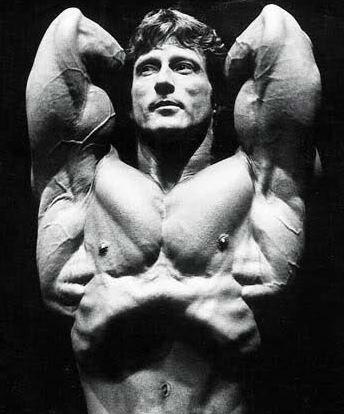
Fair call if you ask me. But enough about them.
How about from a physiological perspective. Is there anything to the use of lighter weights for fat loss?
Well, we know that exercise at lower intensities burns a greater percentage of fat as fuel. This is not where this story ends, yet this is also where a lot of people plant their flag.
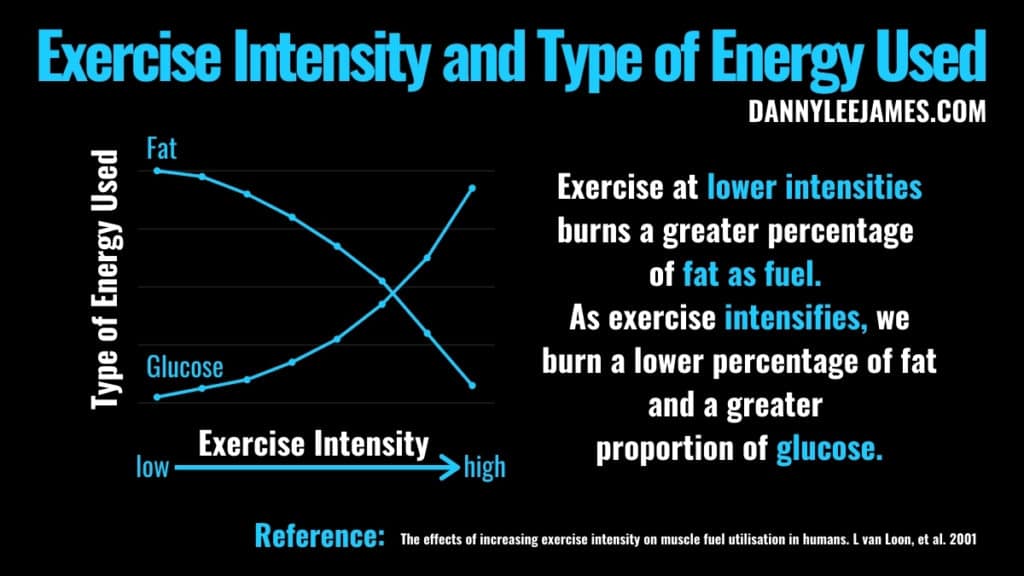
As exercise intensifies, we burn a lower percentage of fat and a greater proportion of carbohydrates. But, we actually burn more calories in total at higher intensities. Which is why heavier weights generally win. Your total energy expenditure is greater. The actual substrate utilisation doesn't matter.

For example, running flat-stick for 60 seconds vs walking for 60 seconds. Or, for the same distance:
From a damage and energy output perspective, running is going to take the title for most costly.
Van Loon, et al demonstrated this in a 2001 study.
They monitored eight cyclists at rest and during three 30-minute stages of exercise. Stage intensities ranged from between 40, 55 and 75 % maximal workload.
What happened was that muscle glycogen and plasma glucose oxidation rates ramped up with exercise intensity. Fat oxidation increased at 55% of effort but declined at 75%
This occurred as glucose became the preferred fuel source with increased exercise intensity.
Here's a pretty little graph that shows what happened:
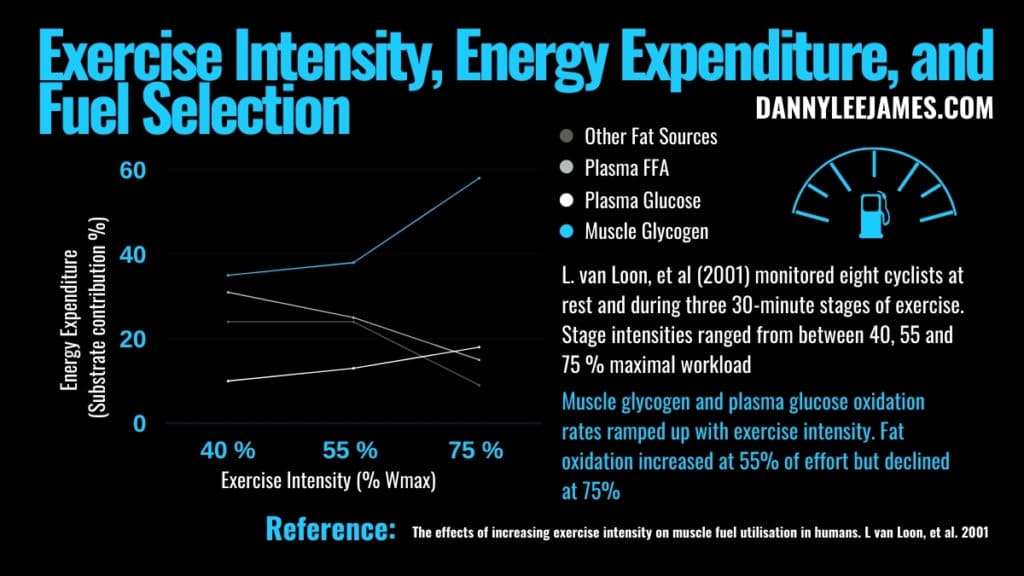
You'll notice a higher total energy expenditure and carbohydrate use with exercise at higher intensities. Which, will ultimately lead to more fat loss over time.
Final Thoughts
Now, you may be wondering what all this cycling has to do with lifting weights?
Well, our muscles can't tell the difference between pushing weight or pushing a pedal. Effort is effort.
And all effort has an energy cost. The intensity and duration of that effort regulates fuel selection. When trying to reduce body fat, the fuel used doesn't matter too much. It's the total energy output over time that carries the day.
And so it stands that if your goal is to maximise fat loss, and we're comparing light vs heavy weights: Using light weights for fat loss does not produce better outcomes.
That one's a bit of a myth.
It is important to add that consistency also trumps intensity every single time. Regardless of the exercise type you choose, the one you can be consistent with is the one that will work best.
That's all I have for you today, my friends.
I will have more on this for you soon.
Thanks for reading.
Danny
Reference
- The effects of increasing exercise intensity on muscle fuel utilisation in humans. L. van Loon, et al. 2001
Related
- Spot Reduction Science
- Psychological Stress and Injury Restriction
- Should We Train To Failure?
- Rise of the Machines VS Free Weights
- Meal Frequency: What’s better, Three or Six Meals Per Day?
- Is Skipping Breakfast Bad For You?
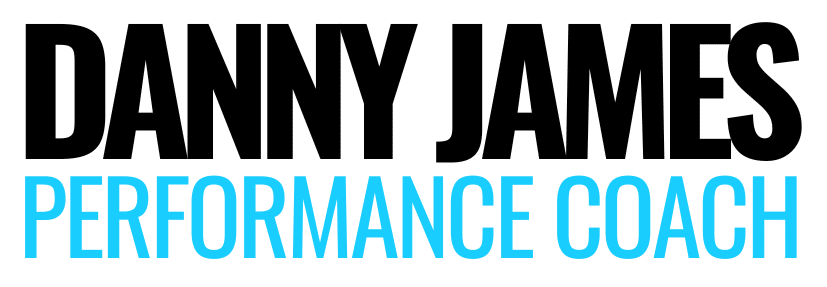
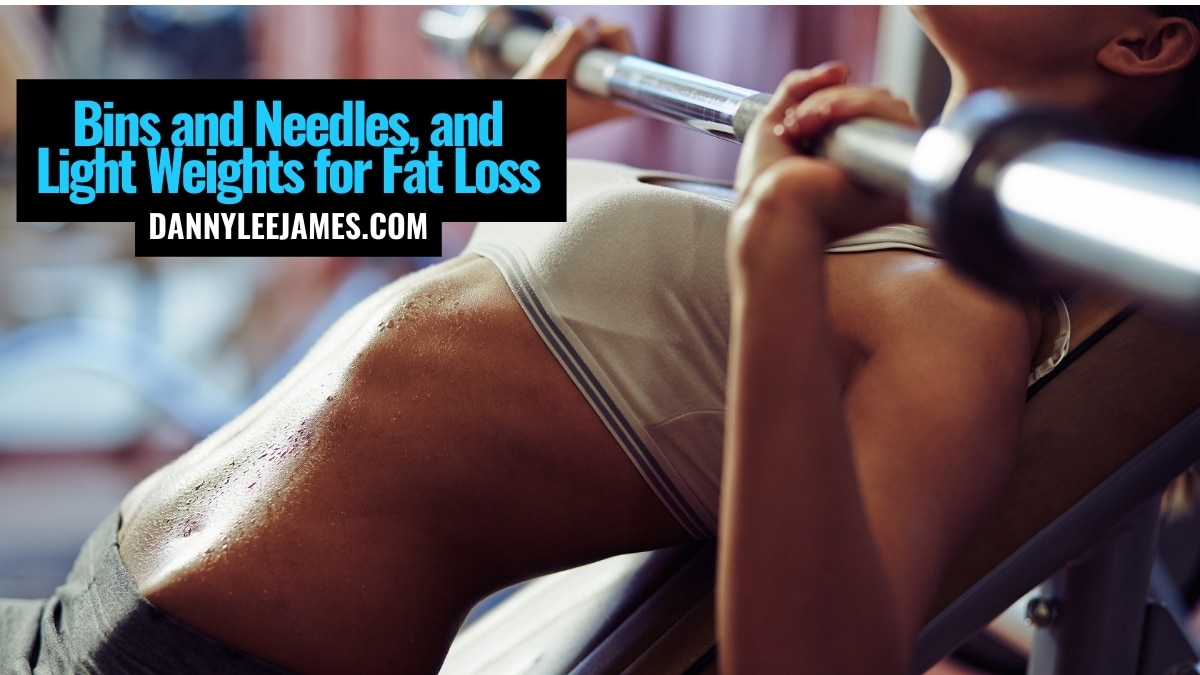

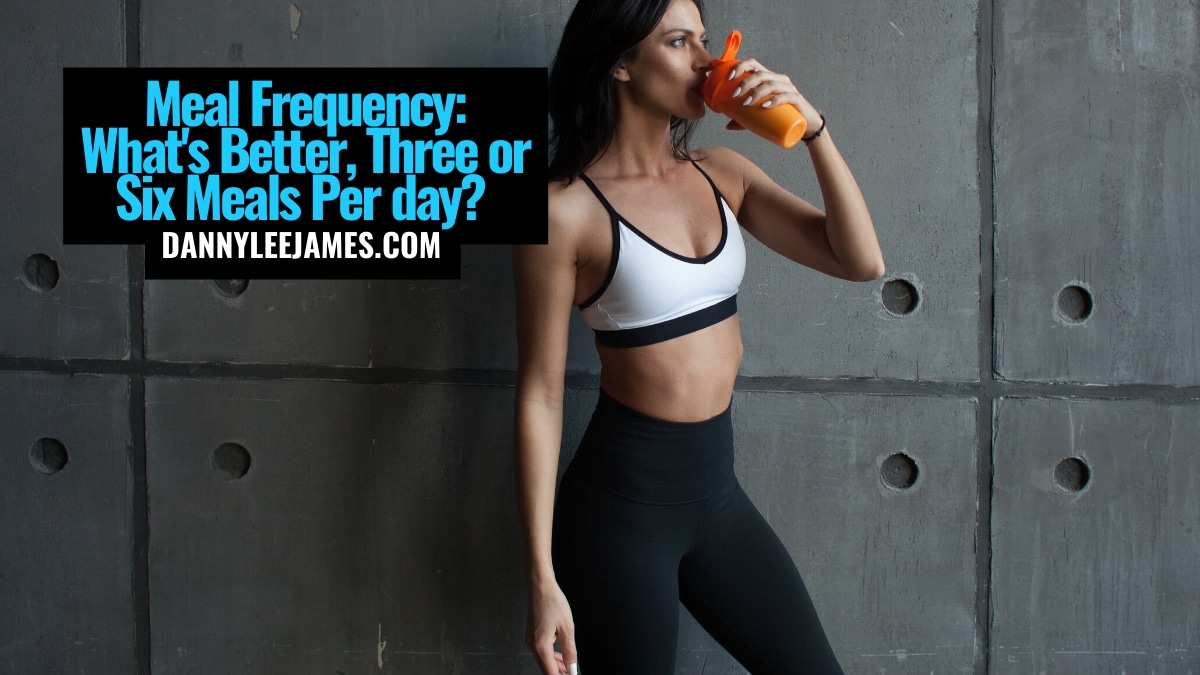



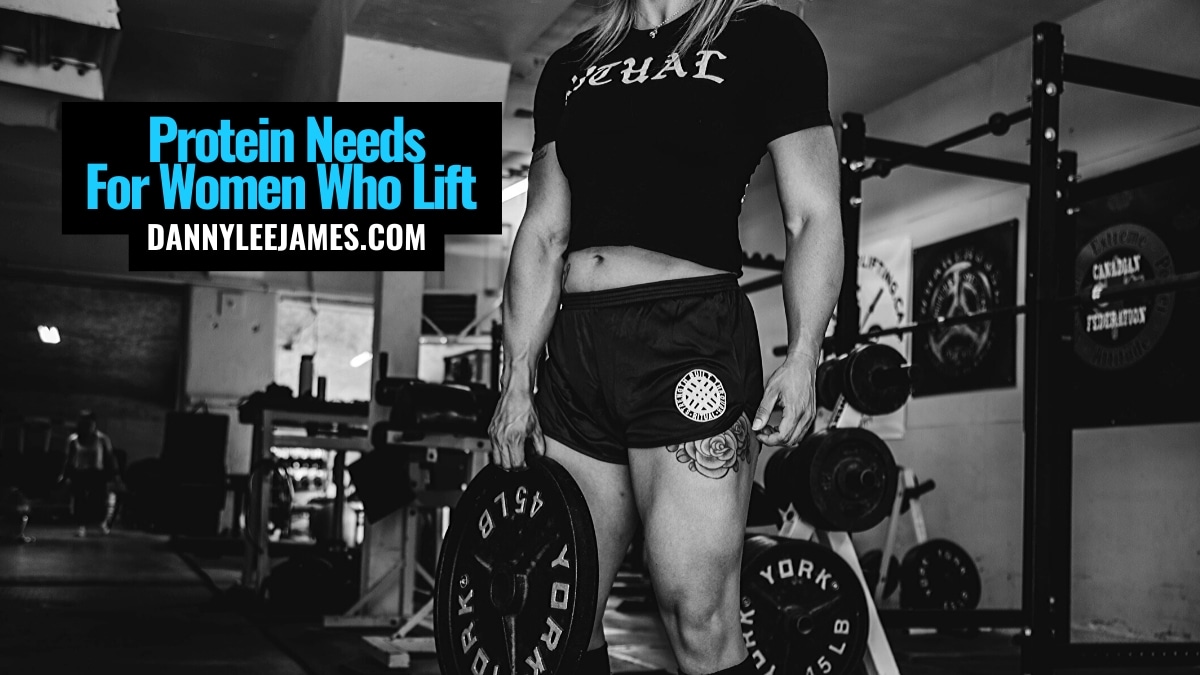
[…] Bins and Needles, and Light Weights for Fat Loss […]
[…] Bins and Needles, and Light Weights for Fat Loss […]
[…] Bins and Needles, and Light Weights For Fat Loss […]
[…] Training, Low Carb and Detoxes are largely […]
[…] heavy squat uses more muscle groups, is much harder and will burn more total energy. And as well talk about in the next instalment, can actually do a decent job of working the […]
[…] recommend squatting because you’ll burn more energy overall. And have the benefit of building both leg and core strength in a way that has more […]
[…] greater proportion of fat for energy at a given exercise intensity. Compared to men, women are less reliant on glycogen during exercise. Women also tend to be less responsive to carbohydrate mediated glycogen synthesis […]
[…] regular exercise and nutrition management remains the chief strategy for weight control. Period. But, not all areas of fat mass on the body respond the same to exercise. There are […]